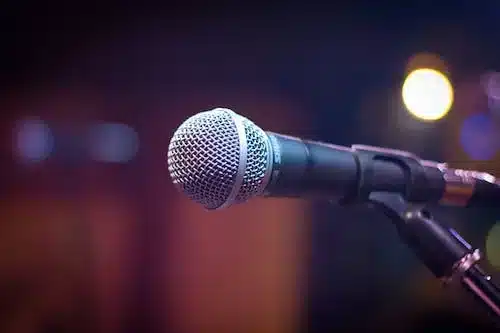A new study estimates that between 670 million and 1.35 billion people ages 12 to 35 are at risk of hearing loss because of how they listen to music from devices.
It’s a potentially disastrous finding.
But even before this possible surge, hearing loss has always been a problem and far more prevalent than you might think. This is because hearing loss is an invisible disability, and people often opt to conceal their hearing loss from others, so it’s almost impossible to know who might be suffering from it.
This is why it’s critical to use a microphone when speaking publicly whenever possible. You never know who in your audience might have difficulty hearing, which makes the act of putting the microphone aside and saying, “Can everyone hear me without this thing?” a very stupid thing to do.
Simply put, do you really think the handful of hearing-impaired people in your audience is going to rise up and say, “No, not really! Please use the damn microphone!”
They won’t.
They may not even hear the question if you didn’t ask it while using the microphone.
Yet time and time again, I watch speakers (always men) toss the microphone aside, puff out their chests, and speak with a loud voice, assuming that their powerful baritone will carry the room and all will be well.
It won’t.
I have a loud voice. I am capable of speaking exceptionally loudly when needed. A few years ago, I was performing at a charity event for a few hundred people when the power went out. When it became clear that electricity would not be restored anytime soon, I stood atop a small table, and in the blinding light of a dozen iPhones, I continued to perform.
I was later praised for my ability to adjust to the situation and continue bellowing out my stories for all the hear.
But I know that at least a handful of people in that audience couldn’t hear my voice clearly. As loud as I was, I know I lost some audience members because they could not hear as well as others when the microphone ceased to function.
I did a fine job that night. I made the best of a bad situation. But some people almost certainly missed most of the show.
The message here is simple:
If there is a microphone, use a microphone.
If there isn’t a microphone, ask if one is available.
If a microphone isn’t available, explain to the person in charge that it should be.
Never assume that you’re loud enough or that your voice will carry the room because you never know the limitations of your audience. Sadly, there is still a real stigma attached to hearing loss, so people will not freely disclose their disability.
Nor should they need to in order to hear you.
Audience members should not be required to disclose their disabilities in order for a speaker to accommodate their auditory needs. Use the microphone. I don’t care how much it complicates your ability to move around the stage or manipulate items in your hands.
If you can’t be heard, those items will mean nothing to the audience anyway.
You may also want to learn to use a microphone properly, which you probably think is simple, but I assure you is not. A frustratingly large percentage of people – including seasoned performers – cannot use a microphone properly, but that is a lesson for another day.










